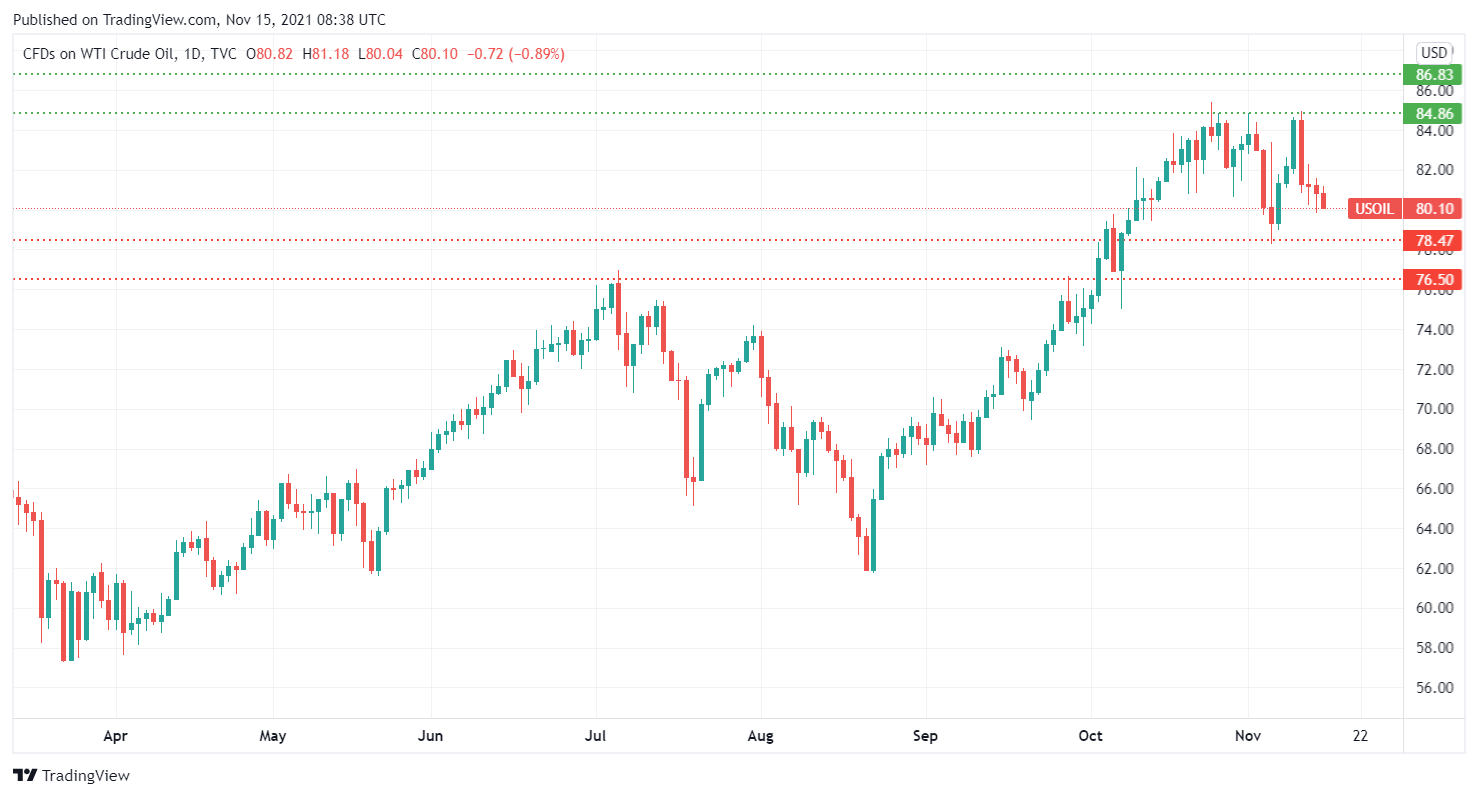Oil market recorded its third consecutive weekly losses, albeit with lower percentage compared against the last two weeks. The market was grappled with a stronger U.S. dollar along with concern over increasing U.S. inflation, and after OPEC cut its 2021 oil demand forecast.
Expectations of higher supplies also weighed on the oil market, on the speculation President Joe Biden's administration might release oil from the U.S. Strategic Petroleum Reserve. On Wednesday last week, following the higher-than-expected U.S. inflation data, the U.S. President Joe Biden had asked the National Economic Council to work to reduce energy costs and the Federal Trade Commission to push back on market manipulation in the energy sector to reverse inflation. Some of the efforts to cut energy costs might include releasing more crude from the U.S. Strategic Petroleum Reserve (SPR). EIA figures had showed the U.S. did release roughly 3.1 million barrels from the SPR — the largest one-week release since July 2017.
U.S. Labor Department's data last week showed U.S. consumer prices surged at the fastest pace since 1990, boosting the case for faster Federal Reserve policy tightening. The CPI delivered a hotter-than-expected jump of 0.9%, which boosted the annual increase to 6.2%.
Meanwhile in the OPEC side, oil supply remains constrained after OPEC+ rebuffed a U.S. call to raise supply and instead maintained plans to continue with their current output plan, to rollover its August program to gradually increase oil production by 400,000 barrels per day each month.
Oil traders will be waiting for this week IEA monthly report, which will help form outlook for the demand-supply balance. The International Energy Agency, a Paris-based energy policy advisor to 29 countries and the European Commission, will release its closely watched monthly oil report on Tuesday. Previously in its October report, the agency had raised its forecast for global oil demand for this year and the next because of a severe shortage of natural gas and coal supply and rising mobility trends.
However, OPEC decision to reduce its worldwide oil demand forecast on its monthly report on Thursday last week may tweak IEA outcome. The cartel of major oil producers cut its forecast by around 160,000 bpd, citing weaker demand in major consumers China and India, and an expected hit from high energy prices contributing to the factor.
Technically, the overall momentum of U.S. oil remained mixed. Oil started this week slightly higher, before reversed on the gains and continue trading lower.

Moving ahead, if the bullish momentum continues, then the next upside levels to watch are 84.86/86.83. While on the downside, any meaningful pullback now seems to find some support near the 78.4 zones, and a slide below could further get extended towards the 76.50 region.















